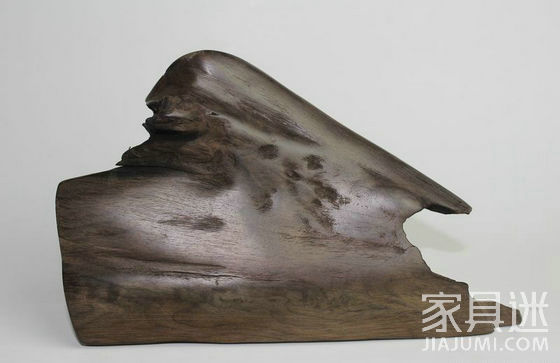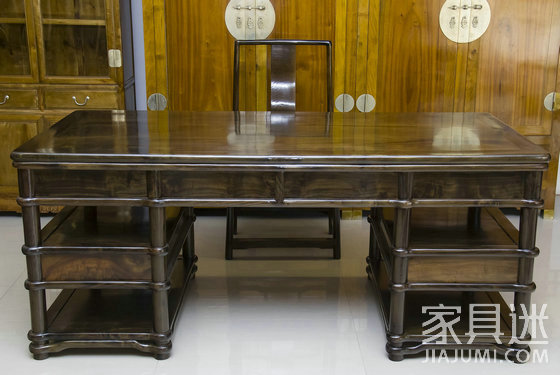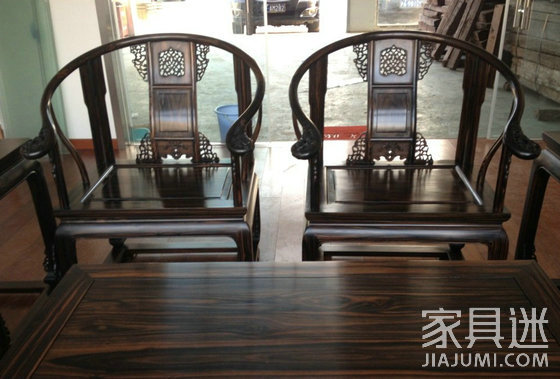Gloomy wood is ebony?
Affected by many scientific names and common names, the cognition of "gloomy wood is ebony" has been ingrained in people's minds, but in fact ebony is a kind of tree species, and the sinister wood is buried in the ground for a long time without decaying. The collection name of the wood. Ebony is also called "ebony", "Ukrainian", "Uwen", etc., refers to the ebony and striped ebony in the " national standard " of mahogany . Striped ebony and ebony are both persimmon and persimmon, of which ebony includes ebony, thick ebony, medicinal ebony, and poncho ebony; striped ebony includes Sulawesi ebony and Philippine ebony. Sichuan also has the saying of "ebony", but the so-called "ebony" in Sichuan is actually a dark wood. Persimmon trees are distributed in tropical, subtropical and some temperate regions of the world. The ebony origins are mainly distributed in tropical Asia and Africa, such as India, Indonesia, Sri Lanka, Thailand, Myanmar, Vietnam, Shuwuzhai, Laos, Madagascar, Congo and Gabon. . China, Taiwan, Hainan and Yunnan also have production. Ebony is hard, mostly brownish black, black red, gold, yellowish brown. The cut surface is smooth, the wood grain is fine, and the polished surface can reach the mirror surface brightness, and some ebony essences are similar to the red sandalwood. It never fades, does not decay, does not produce insects, and is an ideal material for making collections of art and antique furniture. The sultan wood is carbonized wood. It is due to the natural variation of the celestial bodies. The earthquakes, floods, and mudslides all plant the above-ground plant organisms into the low-lying areas such as the ancient riverbed. Some of the trees buried in the mud are in anoxic and high-pressure state. Under the action of microorganisms such as bacteria, it is formed after thousands of years or even tens of thousands of years of carbonization. Therefore, it is not a specific plant species, but a collection name of a variety of wood that has been buried in the ground for a long time. After sampling for carbon fourteen isotope determination, the age of most sag is between 2,000 and 40,000 years ago. The sultan wood can be formed from dozens of woods such as cedar, fir, nanmu, eucalyptus, wild lychee, tartary buckwheat, green nan, and iron purple oil. It has both the quaint and stone charm of wood, the texture is solid and heavy, the color is black and luxurious, the section is smooth and delicate, and the wood is oily, fragrant, corrosion-resistant, anti-insect, and natural. There are two kinds of the best sultan wood, one is the sultan wood formed by nanmu, followed by the yin wood formed by purple oil wood. Since ancient times, overcast wood has been regarded as a precious wood, a symbol of honor and status. "Yi Zhou Shu Wang Hui" records that as early as 1027 BC, when the Western Zhou Dynasty became king, the Yinmu wood had become a tribute. In ancient times, the dignitaries and the literati were regarded as the heirs of the house, the treasures of the town house, and the evil spirits. Especially in the Ming and Qing Dynasties, the sinister wood almost became the first choice for the emperor's architectural palaces and the production of banyan wood. The emperors of the Qing Dynasty listed it as a special material for the royal family, and the folks could not use it privately. Extended reading: the difference between gloomy wood and international ebony The commonalities of ebony and overcast wood are: The color of the wood is black, usually black or dark brown; and all have luster, woody oiliness, insect and corrosion resistance, hard texture, and never fade. The main differences between ebony and overcast wood are: Ebony is only a tree with black heartwood in the persimmon tree; and the gloomy wood may be wood of multiple families. The hole of the ebony is usually very thin, and it is not visible to the naked eye; the hole of the gloomy wood is visible to the naked eye. The axial thin tissue of ebony is mainly concentrically tangentially detached from the tube, and the width under the microscope is only 1-2 cells; and the axial thin tissue type of the sag is various. The ebony has fine wood rays and is only 1 cell wide under the microscope. Although the sapwood has the similar characteristics of eucalyptus wood color, luster, oily sex, insect and corrosion resistance, and hard texture, but because of the little research on the physical and mechanical properties of the sapwood, can it replace the ebony with large wood? Components, especially wood-framed building components, are not yet well concluded. However, the use of gloomy wood as a decorative material or crafts can completely replace ebony. Cosmetic Bag,Travel Bag,Tote Bag,Shopping Bag qiangcheng Industry and trade Co.ltd , https://www.qiangchenbag.com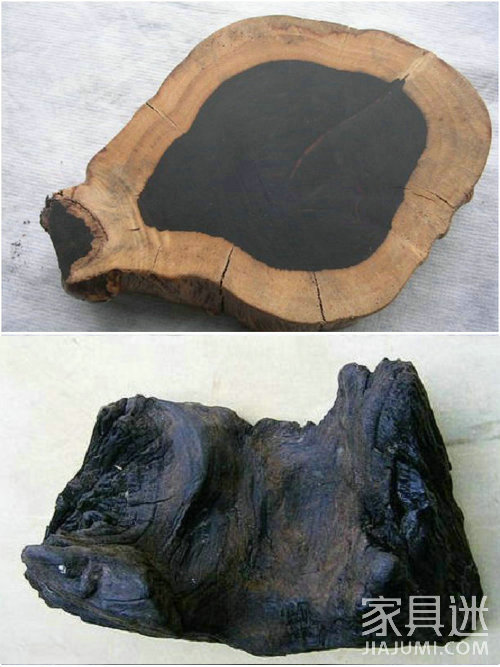
ebony
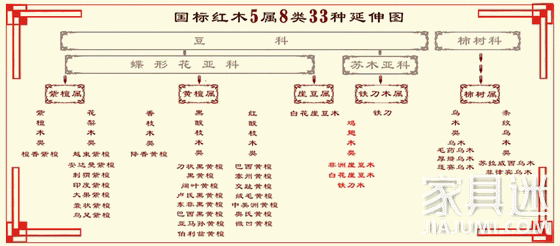
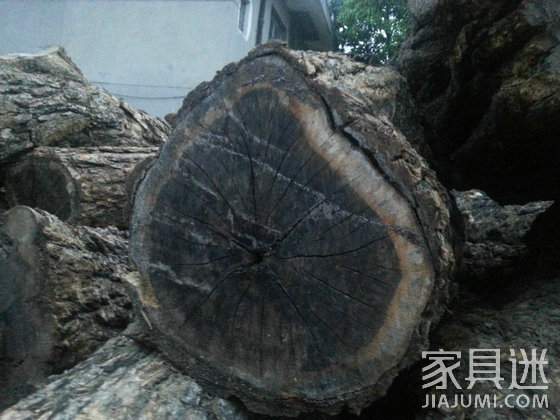
Gloomy wood
